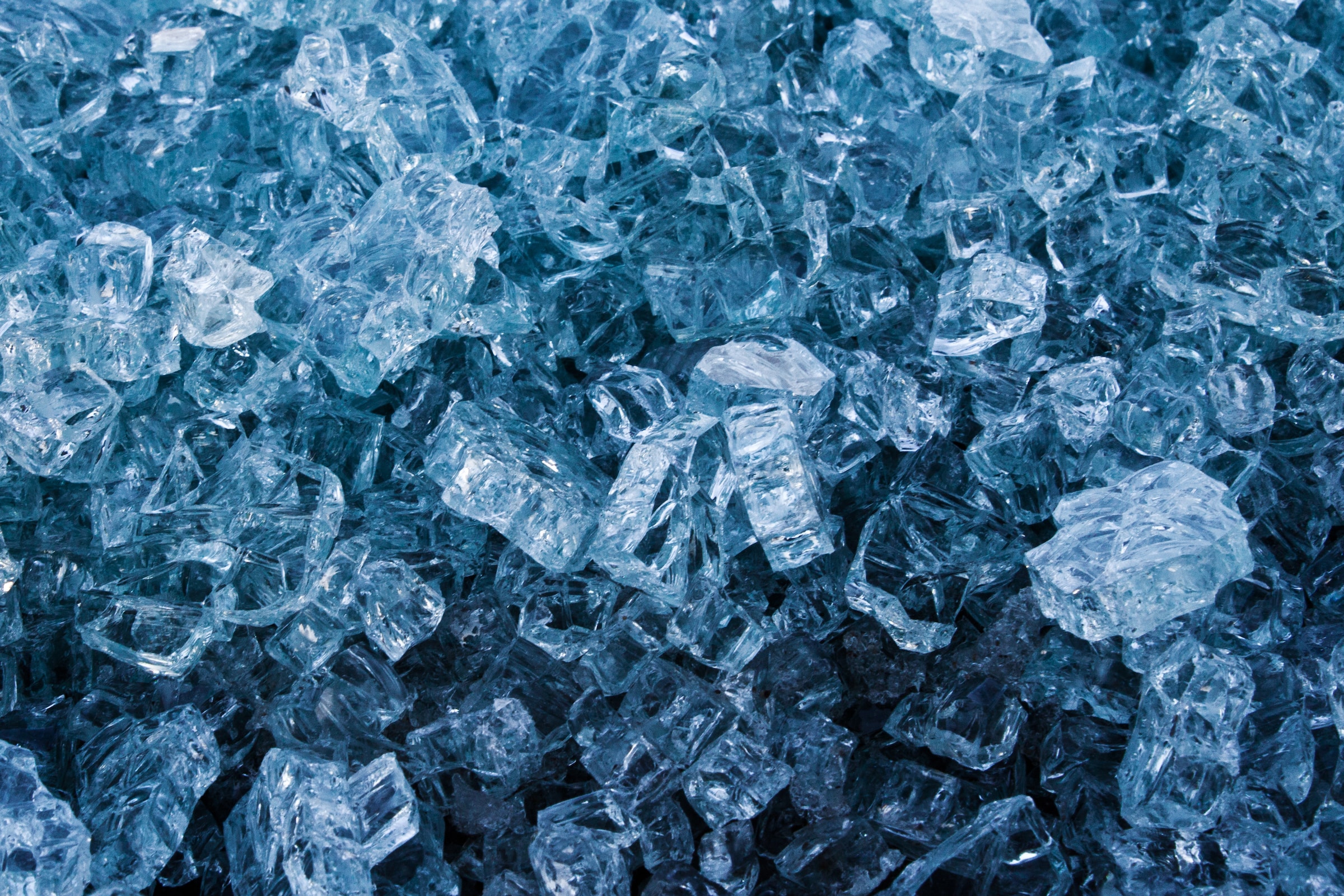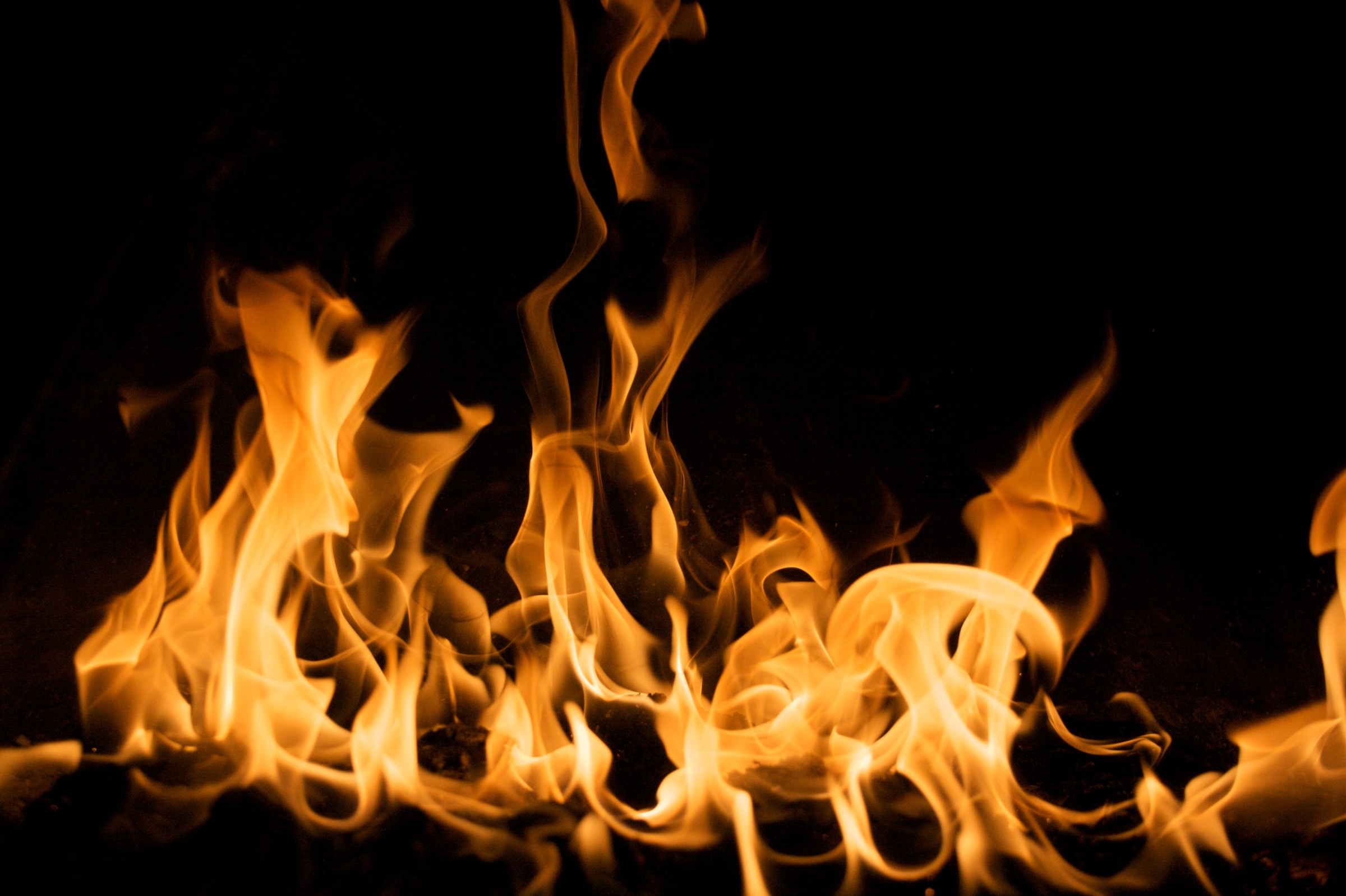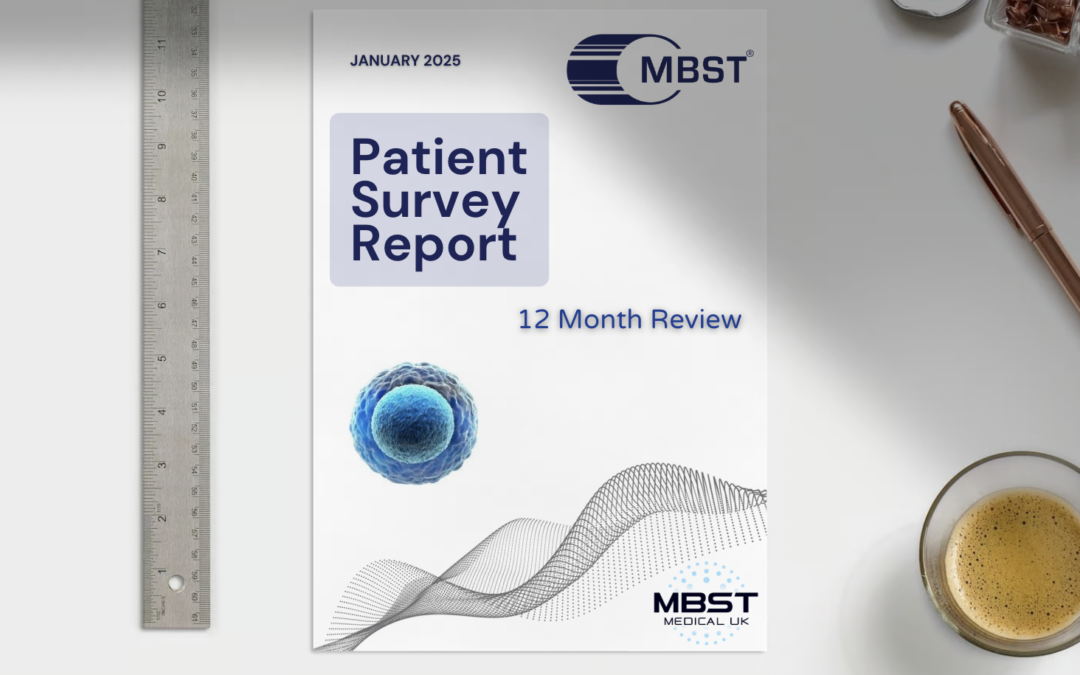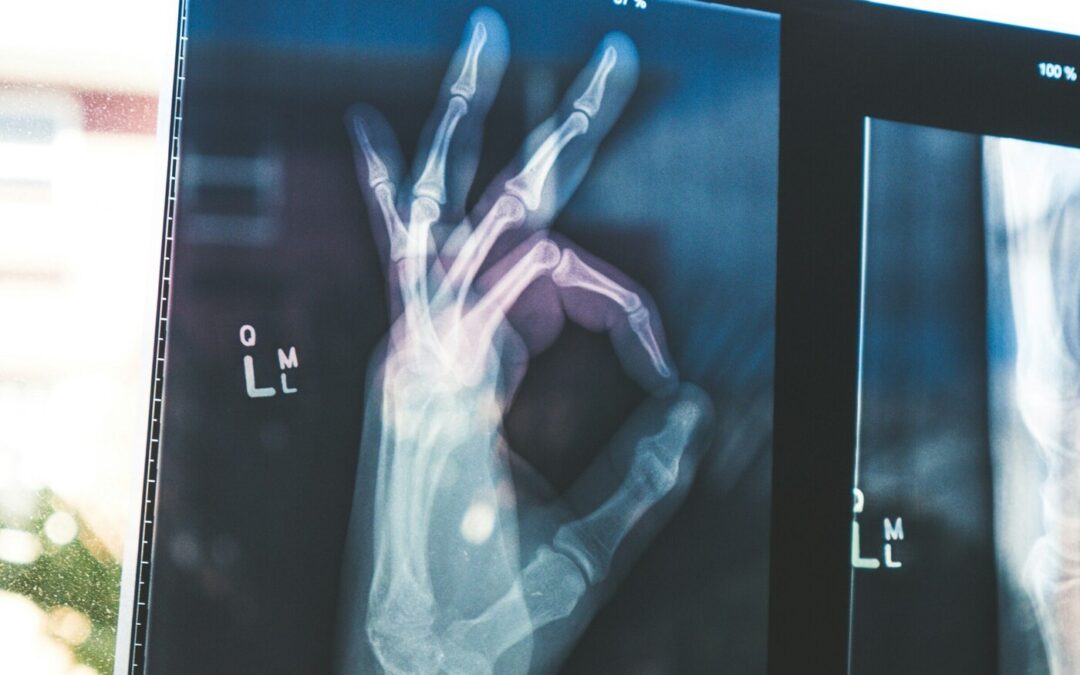Whether you’re dealing with an acute injury or chronic muscle pain, understanding when to apply cold or heat therapy can greatly enhance your recovery process. In this blog, we’ll explore the benefits of ice packs and heat packs, helping you make informed decisions to manage pain effectively. Let’s dive in!
Some key takeaways for you;
- Use cold packs for new acute injuries and inflammation, applying for 10-15 minutes every couple hours by constricting blood vessels to limit swelling.
- Heat packs work best for ongoing muscle tightness and stiffness by promoting circulation to deliver nutrients and oxygen to aid healing.
- Protect skin from burns when using hot or cold agents and limit heat pack use to 10-15 minutes max to prevent tissue damage.
- Cold therapy numbness reduces pain signals while heat therapy enhances range of motion to ease muscle discomfort.
- Understanding proper conditions to apply hot versus cold therapy leads to more effective pain relief and accelerated recovery.

Use Cold Packs for Acute Injuries & Pain:
When it comes to fresh injuries or persistent aches, cold therapy is your best ally. Here’s when and how to utilise cold packs:
When to Use Cold Therapy:
– Aching injuries, even at rest
– “Brand new” injuries (within 2-3 days)
– Re-injured areas (e.g., spraining an ankle and re-rolling it after a couple of weeks)
What to Use:
– Ice packs, cold cloths, ice baths, or ice massages
Why Cold Therapy Works:
Cold agents have a constricting effect on blood vessels, reducing blood flow and swelling in the injured area. Additionally, cold therapy can provide a numbing effect, effectively managing pain. Remember to protect your skin by using a barrier between your body and the cooling agent.
How to Apply Cold Therapy:
– Apply cold therapy every couple of hours for approximately 10-15 minutes at a time.

Use Heat Packs for Muscle Pain or Stiffness:
When dealing with ongoing muscle discomfort or stiffness, heat therapy is your ideal choice. Here’s what you need to know:
When to Use Heat Therapy:
– Chronic, long-lasting problems
– Muscle tension or tightness that needs to be loosened
What to Use:
– Electric heating pads, hot water bottles, microwaveable bean bags, or gel packs
Why Heat Therapy Works:
Heat therapy dilates blood vessels, promoting increased blood flow. This improved circulation delivers essential nutrients and oxygen to the treated area, contributing to healing. Heat can also enhance the range of motion, alleviate pain, and reduce muscle and joint stiffness.
How to Apply Heat Therapy:
– Always use a barrier between your skin and the heat source to prevent burns.
– Limit the treatment to no more than 10-15 minutes at a time.
Understanding when to use ice packs or heat packs is vital for effective pain management and optimal recovery. Remember, cold therapy is ideal for acute injuries and reducing inflammation, while heat therapy is beneficial for muscle pain and stiffness. Be mindful of the duration and protective measures to ensure safe and effective treatment. If you’re unsure about the best course of action for your specific condition, consult a healthcare professional for personalised guidance.
Always make informed choices to support your healing journey. Wishing you a pain-free and speedy recovery!

